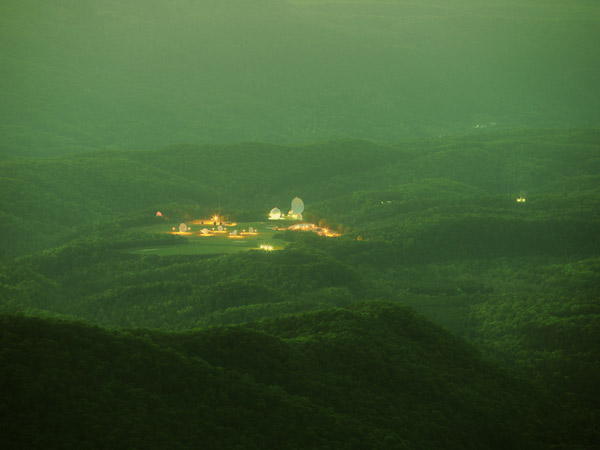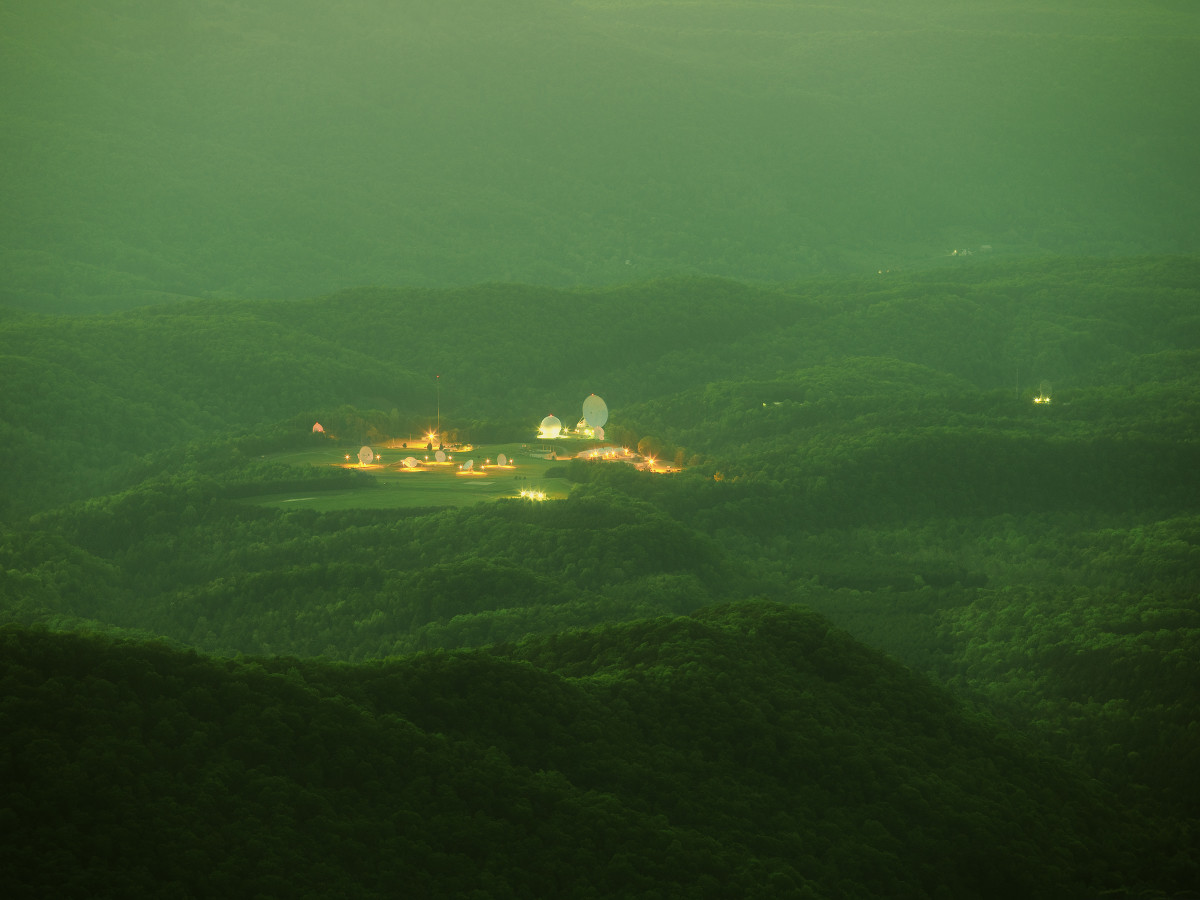
By exposing NSA programs like PRISM and Boundless Informant, Edward Snowden has revealed that we are not moving toward a surveillance state: we live in the heart of one. The 30-year-old whistleblower told The Guardian’s Glenn Greenwald that the NSA’s data collection created the possibility of a “turnkey tyranny,” whereby a malevolent future government could create an authoritarian state with the flick of a switch. The truth is actually worse. Within the context of current economic, political and environmental trends, the existence of a surveillance state doesn’t just create a theoretical possibility of tyranny with the turn of a key—it virtually guarantees it.
For more than a decade, we’ve seen the rise of what we might call a “Terror State,” of which the NSA’s surveillance capabilities represent just one part. Its rise occurs at a historical moment when state agencies and programs designed to enable social mobility, provide economic security and enhance civic life have been targeted for significant cuts. The last three decades, in fact, have seen serious and consistent attacks on social security, food assistance programs, unemployment benefits and education and health programs. As the social safety net has shrunk, the prison system has grown. The United States now imprisons its own citizens at a higher rate than any other country in the world.
While civic parts of the state have been in retreat, institutions of the Terror State have grown dramatically. In the name of an amorphous and never-ending “war on terror,” the Department of Homeland Security was created, while institutions such as the CIA, FBI and NSA, and darker parts of the military like the Joint Special Operations Command (JSOC) have expanded considerably in size and political influence. The world has become a battlefield—a stage for extralegal renditions, indefinite detentions without trial, drone assassination programs and cyberwarfare. We have entered an era of secret laws, classified interpretations of laws and the retroactive “legalization” of classified programs that were clearly illegal when they began. Funding for the secret parts of the state comes from a “black budget” hidden from Congress—not to mention the people—that now tops $100 billion annually. Finally, to ensure that only government-approved “leaks” appear in the media, the Terror State has waged an unprecedented war on whistleblowers, leakers and journalists. All of these state programs and capacities would have been considered aberrant only a short time ago. Now, they are the norm.
The next few decades will be decades of crisis.
Politicians claim that the Terror State is necessary to defend democratic institutions from the threat of terrorism. But there is a deep irony to this rhetoric. Terrorism does not pose, has never posed and never will pose an existential threat to the United States. Terrorists will never have the capacity to “take away our freedom.” Terrorist outfits have no armies with which to invade, and no means to impose martial law. They do not have their hands on supra-national power levers like the World Bank and the International Monetary Fund. They cannot force nations into brutal austerity programs and other forms of economic subjugation. But while terrorism cannot pose an existential threat to the United States, the institutions of a Terror State absolutely can. Indeed, their continued expansion poses a serious threat to principles of democracy and equality.
At its most spectacular, terrorism works by instilling so much fear in a society that the society begins to collapse on itself. The effects of persistent mass surveillance provide one example of such disintegration. Most obviously, surveillance represents a searing breach of personal privacy, as became clear when NSA analysts passed around phone-sex recordings of overseas troops and their stateside spouses. And while surveillance inhibits the exercise of civil liberties for all, it inevitably targets racial, religious and political minorities. Witness the Department of Homeland Security’s surveillance of Occupy activists, the NYPD’s monitoring of Muslim Americans, the FBI’s ruthless entrapment of young Muslim men and the use of anti-terror statutes against environmental activists. Moreover, mass surveillance also has a deep effect on culture, encouraging conformity to a narrow range of “acceptable” ideas by frightening people away from non-mainstream thought. If the government keeps a record of every library book you read, you might be disinclined to check out The Anarchist Cookbook today; tomorrow you might think twice before borrowing Lenin’s Imperialism.
Looking past whatever threats may or may not exist from overseas terrorists, the next few decades will be decades of crisis. Left unchecked, systemic instability caused by growing economic inequality and impending environmental disaster will produce widespread insecurity. On the economic side, we are facing an increasingly acute crisis of capitalism and a growing disparity between the “haves” and “have-nots,” both nationally and globally. For several decades, the vast majority of economic gains have gone to the wealthiest segments of society, while the middle and working classes have seen incomes stagnate and decline. Paul Krugman has dubbed this phenomenon the “Great Divergence.”
The Great Divergence is, to put it bluntly, the effect of a class war waged by the rich against the rest of society, and there are no signs of it letting up.
A few statistics are telling: between 1992 and 2007, the income of the 400 wealthiest people in the United States rose by 392 percent. Their tax rate fell by 37 percent. Since 1979, productivity has risen by more than 80 percent, but the median worker’s wage has only gone up by 10 percent. This is not an accident. The evisceration of the American middle and working class has everything to do with an all-out assault on unions; the rewriting of the laws governing bankruptcy, student loans, credit card debt, predatory lending and financial trading; and the transfer of public wealth to private hands through deregulation, privatization and reduced taxes on the wealthy. The Great Divergence is, to put it bluntly, the effect of a class war waged by the rich against the rest of society, and there are no signs of it letting up.
All the while, we are on a collision course with nature. Mega-storms, tornadoes, wildfires, floods and erratic weather patterns are gradually becoming the rule rather than the exception. There are no signs of any serious efforts to reduce greenhouse emissions at levels anywhere near those required to avert the worst climate-change scenarios. According to the most robust climate models, global carbon emissions between now and mid-century must be kept below 565 gigatons to meet the Copenhagen Accord’s target of limiting global warming to a two-degree Celsius increase. Meanwhile, as Bill McKibben has noted, the world’s energy companies currently hold in reserve 2,795 gigatons of carbon, which they plan to release in the coming decades. Clearly, they have bet that world governments will fail to significantly regulate greenhouse emissions. The plan is to keep burning fossil fuels, no matter the environmental consequences.
While right-wing politicians write off climate change as a global conspiracy among scientists, the Pentagon has identified it as a significant threat to national security. After a decade of studies and war games involving climate-change scenarios, the Department of Defense’s 2010 Quadrennial Review (the main public document outlining American military doctrine) explains that “climate-related changes are already being observed in every region of the world,” and that they “could have significant geopolitical impacts around the world, contributing to poverty, environmental degradation, and the further weakening of fragile governments. Climate change will contribute to food and water scarcity, will increase the spread of disease, and may spur or exacerbate mass migration.” Nationally and internationally, the effects of climate change will be felt unevenly. Whether it’s rising water levels or skyrocketing prices for foods due to irregular weather, the effects of a tumultuous climate will disproportionately impact society’s most precarious populations.
Thus, the effects of climate change will exacerbate already existing trends toward greater economic inequality, leading to widespread humanitarian crises and social unrest. The coming decades will bring Occupy-like protests on ever-larger scales as high unemployment and economic strife, particularly among youth, becomes a “new normal.” Moreover, the effects of climate change will produce new populations of displaced people and refugees. Economic and environmental insecurity represent the future for vast swaths of the world’s population. One way or another, governments will be forced to respond.
It won’t matter whether a “liberal” or “conservative” government is in place; faced with an immediate crisis, the state will use whatever means are available to end said crisis.
As future governments face these intensifying crises, the decline of the state’s civic capacities virtually guarantees that they will meet any unrest with the authoritarian levers of the Terror State. It won’t matter whether a “liberal” or “conservative” government is in place; faced with an immediate crisis, the state will use whatever means are available to end said crisis. When the most robust levers available are tools of mass surveillance and coercion, then those tools will be used. What’s more, laws like the National Defense Authorization Act, which provides for the indefinite detention of American citizens, indicate that military and intelligence programs originally crafted for combating overseas terrorists will be applied domestically.
The larger, longer-term scandal of Snowden’s revelations is that, together with other political trends, the NSA’s programs do not merely provide the capacity for “turnkey tyranny”—they render any other future all but impossible.
By arrangement with Creative Time Reports
